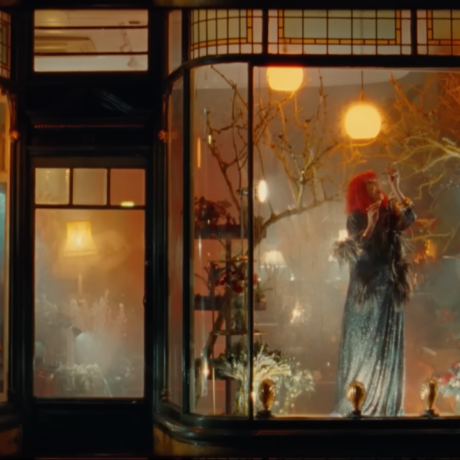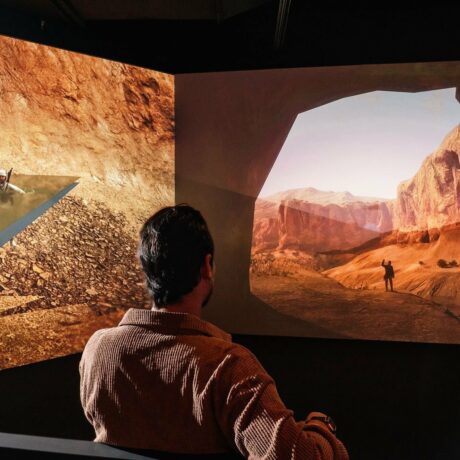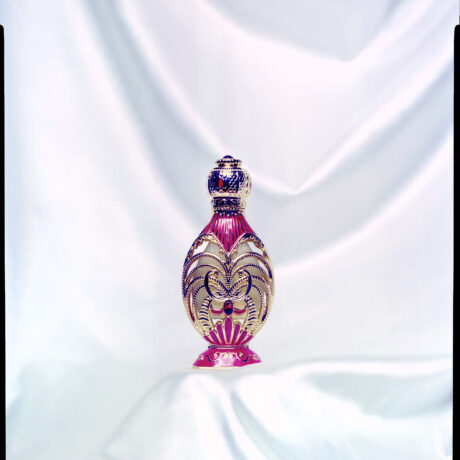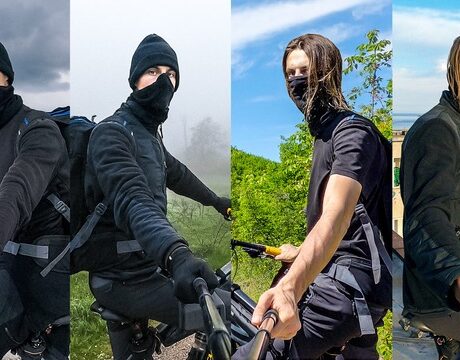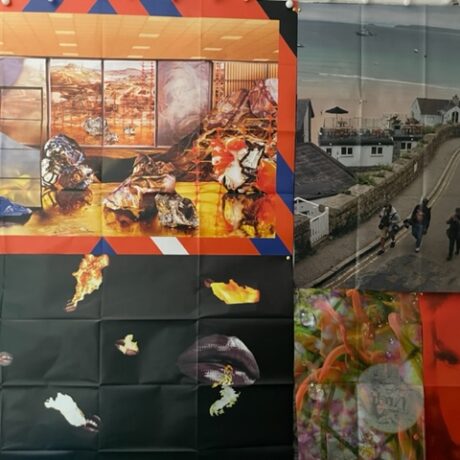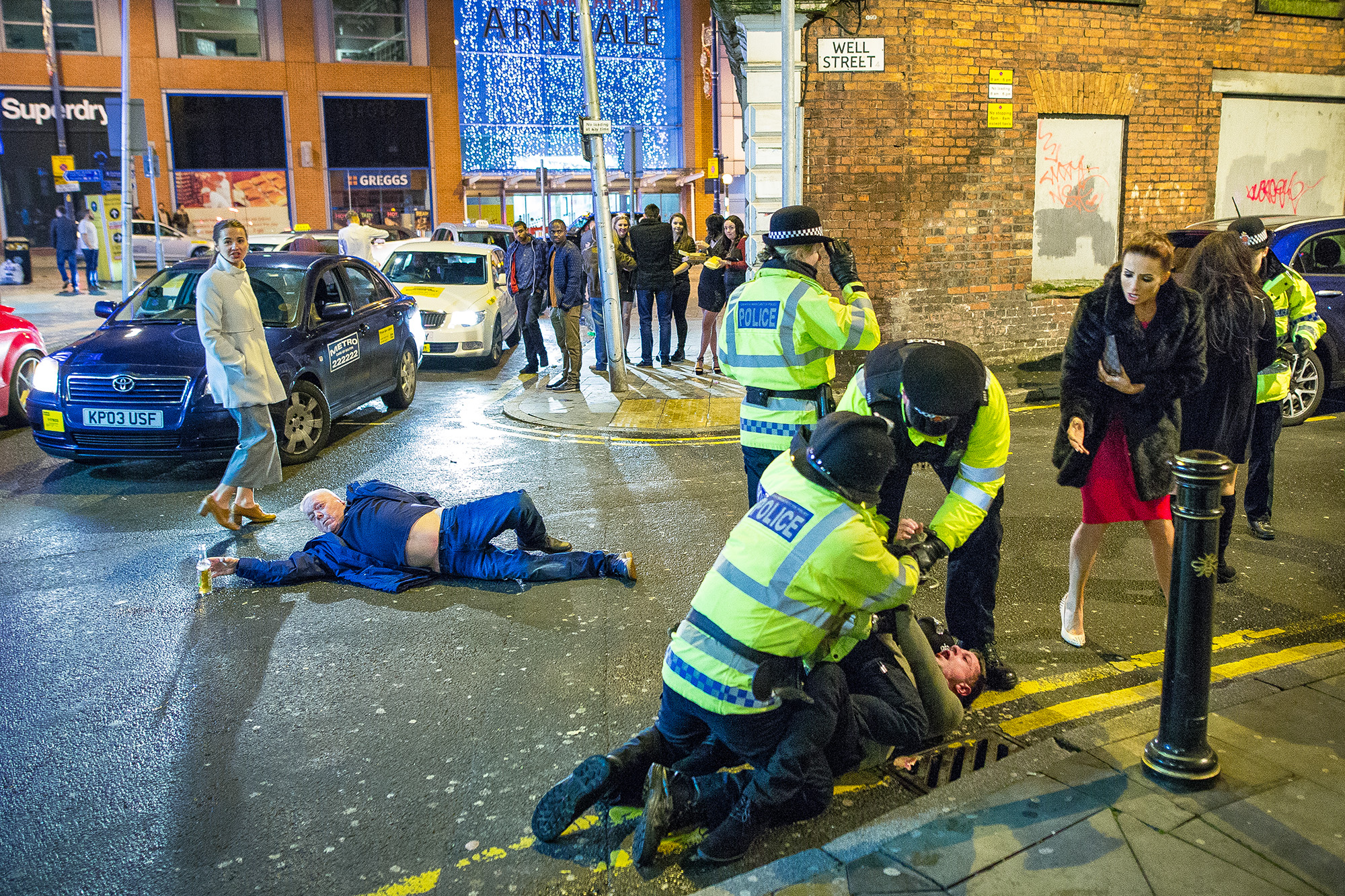
2016 was a difficult year for the United Kingdom. It began with the death of unrivalled British icon David Bowie on 10 January, followed four days later by the passing of acting legend Alan Rickman. It was quickly labelled the year of “big celebrity death”, a doomful omen, some suggested, of the horror that was to unfold in the coming months.
In June, the nation began its long, clumsy disentanglement from the European Union, to the despair of half the country and hopeful joy of the other. As the year ended, a shock election result across the pond left the United States with a terrifyingly divisive President Elect. The Oxford English Dictionary declared 2016 most likely to be remembered for the term ‘post-truth’.
“Goodman had been working on a long-term project focusing on British nightlife when he discovered this chaotic yet strangely balanced scene”
The utter havoc of the proceeding twelve months was perhaps perfectly forecast by documentary photographer Joel Goodman, in a viral New Year’s Eve photograph whose composition was compared with that of a Renaissance masterpiece. Goodman had been working on a long-term project focusing on British nightlife when he discovered this chaotic yet strangely balanced scene on the corner of Well Street and Dantzic Street in Manchester, in the early hours of 1 January, 2016.
“It’s one of several areas in the city close to nightclubs and, because I knew the landscape well, it was easier to respond instinctively to stories and incidents on the night,” he tells me. Goodman may have known the lay of the land, but it was surely a serendipitous moment that caused everything to line up quite so well: a police scuffle in the bottom right foreground; intrigued onlookers glancing over from the background; a man dressed entirely in bright blue, lounging across the street, casually reaching for an un-spilled beer bottle.
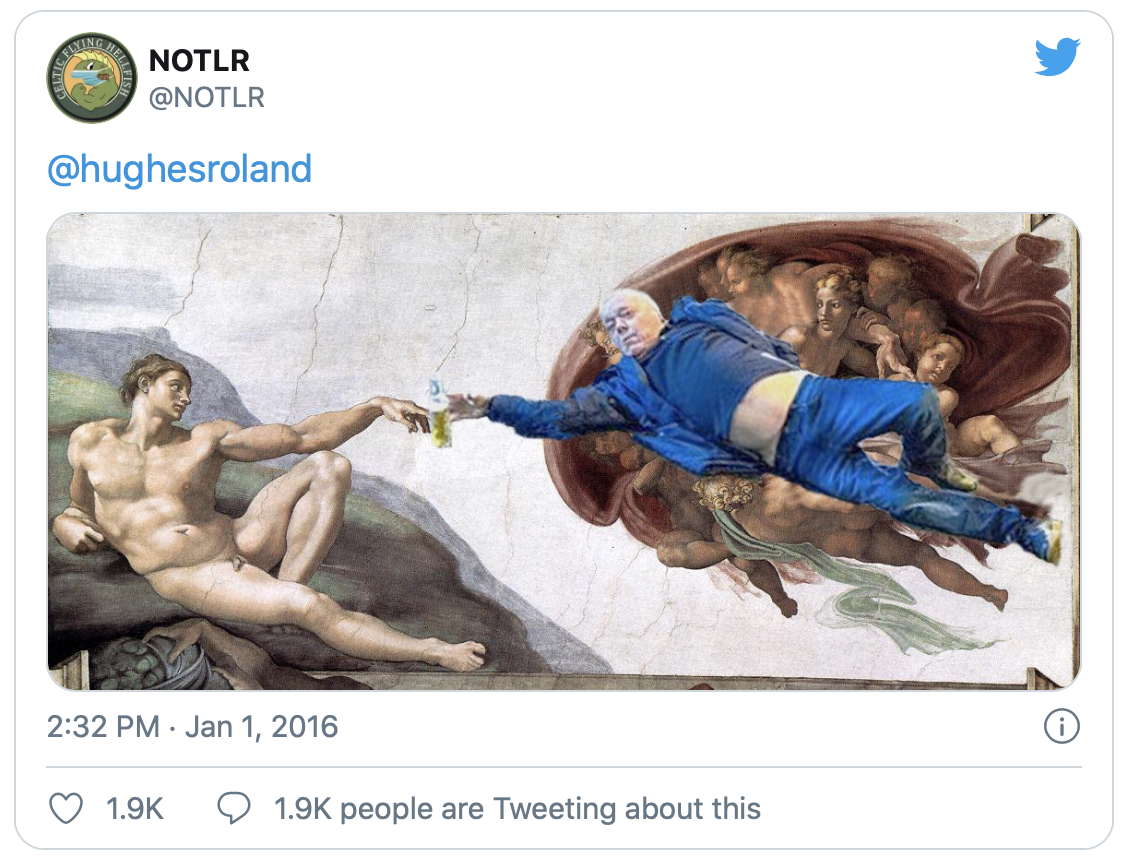
Tabloid photographers have long honed in on the night-time antics of the British public, snapping up-skirt photos of young women, images of pissed football fans and shots of celebrations ‘gone too far’, the majority of which are accompanied by shouty, snobbish headlines. As a photojournalist who has focused on everything from Calais migrant camps to Manchester Pride, Goodman is less interested in the cheap shot. In this image, he captures something much more pertinent and human about playful revelry and a darker, decidedly British way of obliterating pain—at least, for a given night.
“I’d been covering the story for years, often in the face of criticism, misunderstanding and abuse,” Goodman tells me. “The story was seen as cheap and titillating, not worthy of documentary. Lots of people mistrusted my motives. Seeing my photographs enjoyed and understood on a new level was extremely gratifying.”
“The nonchalant, pint-reaching man became a key focus: Photoshopped at the feet of Venus in Botticelli’s masterpiece”
The photo was first published by Manchester Evening News, then picked up by BBC producer Roland Hughes (who said it looked “like a beautiful painting”), before being shared thousands of times, as these things are, in the form of art historical memes. The Fibonacci Spiral was applied over the top of the original photograph, highlighting its uncanny composition. The nonchalant, pint-reaching man became a key focus: Photoshopped at the feet of Venus in Botticelli’s masterpiece; lounging amongst Seurat’s Bathers at Asnières; and taking the place of God in Michelangelo’s The Creation of Adam. The Guardian quoted Ansel Adams in their coverage of the image: “Sometimes I arrive just when God’s ready to have someone click the shutter.”
“I was flattered by the comparisons and overwhelmed by the response,” says Goodman. Looking back, this photograph seems to sum up so much that the UK has experienced since: a staggering sense of disarray; the urge to escape (if not the land itself, then at least reality); a nostalgic attachment to the idea of “Britishness” and all the conflicted messiness that comes with that.
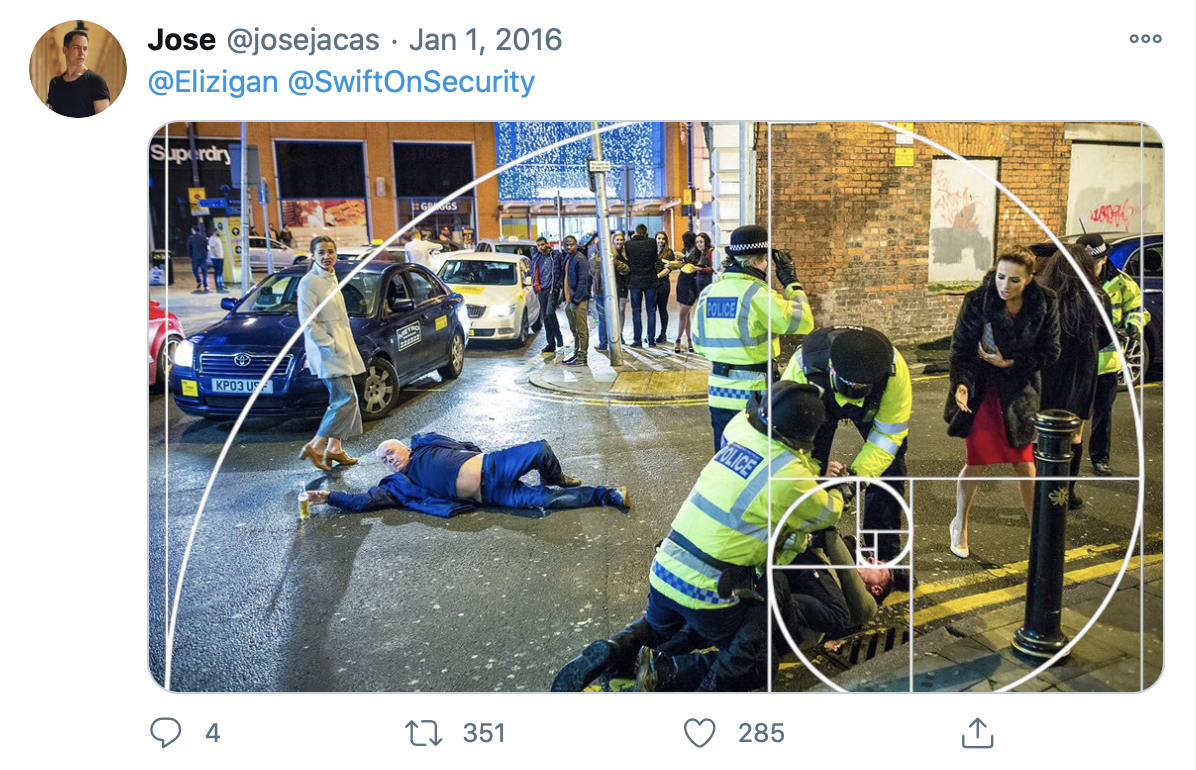
Of course, in 2016 no one had any idea quite how far things would slide in the following years, which seem to have become incrementally more alarming. As the UK approaches the new year with many of its towns, cities and villages on strict lockdown (Manchester itself is currently in Tier 3), scenes like this will be glaringly missing from its streets. This New Year’s Eve, the nation finally does leave the European Union, in the midst of a global pandemic, and with few places to release that pent up, ever-present well of dread. Here’s to 2021, the year everything finally works out.
